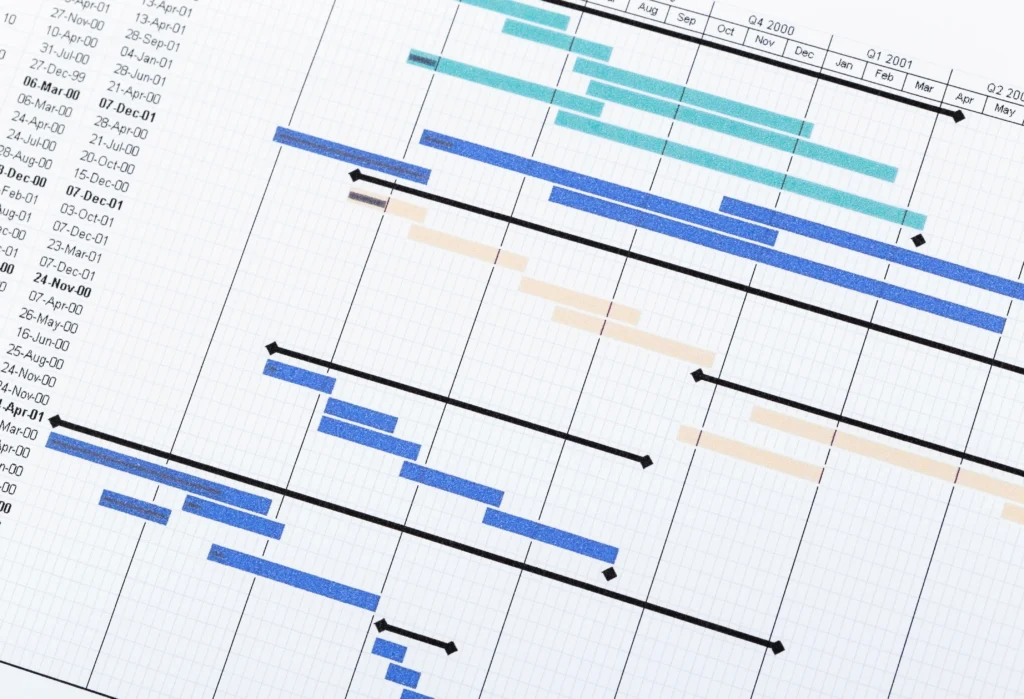Embarking on a construction project in East Hampton can be an exciting but overwhelming endeavor. Whether you’re building your dream home, remodeling a kitchen, or adding an extension, the success of your project depends largely on how well you manage the process from start to finish. As a homeowner, knowing how to navigate the complexities of local regulations, the permitting process, and project management can make all the difference in ensuring your construction project runs smoothly and stays on track.
In this guide, we’ll walk you through the essential steps for managing your East Hampton construction project, providing tips for success, and helping you avoid common pitfalls.
1. Start with Clear Planning and Goals
Before any physical work begins on your construction project, the first step is to develop a clear vision and well-defined goals. This is where your planning phase becomes crucial.
Ask yourself the following questions:
- What is the overall scope of the project?
- What is your budget?
- What is your ideal timeline for completion?
- Do you have a clear design or layout in mind?
Working with an experienced architect or designer can help refine your ideas and ensure that your vision is realistic within your budget and local zoning restrictions. Having clear goals will make it easier to communicate your needs to contractors and ensure that everyone is on the same page.
2. Understand East Hampton’s Local Regulations and Permitting Process
One of the most important aspects of managing a construction project in East Hampton is understanding the local regulations and the permitting process. Like many towns and cities, East Hampton has its own set of rules that must be followed for any construction work to proceed legally.
Whether you’re building a new home, undertaking a major renovation, or even adding an accessory structure like a shed or pool, you’ll need to apply for the appropriate permits. These may include:
- Zoning permits
- Building permits
- Environmental impact assessments
- Electrical, plumbing, and HVAC permits
Failing to adhere to local regulations or skipping any steps in the permitting process can result in costly fines, delays, or even having to undo completed work. It’s always best to check with the East Hampton Town Building Department to ensure you’re fully compliant with local rules before breaking ground.
A knowledgeable general contractor with experience in the area can be a valuable resource in helping you navigate the permitting process and ensuring that all required documents and approvals are obtained on time.
3. Hire the Right Contractor for Your Project
Choosing the right contractor is one of the most important decisions you’ll make during your East Hampton construction project. A skilled contractor will manage the logistics, ensure compliance with local regulations, and oversee the work to meet deadlines and budgets.
Here are some tips for selecting the right contractor:
- Research: Look for contractors with experience working on similar projects in East Hampton. Their knowledge of local regulations and familiarity with the town’s building codes will be invaluable.
- References: Ask for references and review previous projects the contractor has completed. Contact past clients to get an understanding of the contractor’s work ethic and reliability.
- Licensing and Insurance: Ensure that the contractor is properly licensed and insured to perform work in East Hampton. This protects both you and the workers on your property.
- Communication: A good contractor should communicate clearly, address any concerns promptly, and be transparent about the timeline, cost estimates, and any potential challenges.
Having a reliable contractor who understands the permitting process and can deal with potential issues as they arise is essential to the smooth management of your project.
4. Set a Realistic Budget and Timeline

Proper budgeting is vital to any construction project. While it’s tempting to go all out on your dream home or renovation, it’s crucial to set a realistic budget from the start and stick to it as closely as possible.
Keep in mind that construction projects often come with unforeseen costs, especially when working with older homes or on complex projects. Setting aside a contingency fund (usually around 10-20% of your total budget) will help you absorb these costs without derailing your entire project.
When it comes to the timeline, it’s important to be realistic about how long the project will take. While contractors can give you an estimate, weather conditions, material availability, and any delays in the permitting process can impact the schedule. Discuss potential timeframes with your contractor, and build in some flexibility where possible.
5. Monitor Progress and Maintain Communication
Once your construction project is underway, staying actively involved is key to managing the process effectively. Regular communication with your contractor, architect, and any other involved parties is essential to ensure everything is moving as planned.
Here’s how you can keep track of your project:
- Schedule regular site visits to check the progress and quality of work. This allows you to address any issues early before they become bigger problems.
- Ask for regular updates on the timeline and any potential delays. Make sure your contractor is keeping you in the loop on the status of permits, inspections, and inspections.
- Document everything in writing, including any changes to the scope of work or budget. This helps to prevent misunderstandings later on.
If you’re unsure about any aspect of the project, don’t hesitate to ask questions. Having a clear line of communication will allow you to address concerns and ensure the project stays on track.
6. Navigate Inspections and Approvals

As your project progresses, inspections will be required at various stages to ensure compliance with local regulations. East Hampton, like many municipalities, requires inspections at key points during construction, including after foundation work, framing, plumbing, electrical, and final inspections.
It’s essential to schedule these inspections ahead of time and allow enough time for any corrections before proceeding to the next phase of the project. Delays in inspections can result in project slowdowns, so make sure your contractor handles this aspect of the project or helps you stay on top of it.
If your project involves significant alterations, such as adding square footage or changing the structural integrity of the building, you may need to go through more extensive reviews and approvals. Always ensure that all the required inspections are complete and that you receive the proper certificates before finalizing the project.
7. Stay Flexible and Adapt to Challenges
No matter how well you plan, unexpected challenges are bound to arise during any East Hampton construction project. From changes in local regulations to sudden weather delays, staying flexible and adaptable is essential to successful project management.
Working with a skilled contractor who can problem-solve quickly and efficiently will help you avoid significant delays. While some issues can’t be anticipated, maintaining a calm, solution-oriented approach will help you navigate these bumps in the road without losing momentum.
Conclusion
Managing a construction project in East Hampton requires thorough planning, a strong understanding of local regulations, and a reliable team. By staying informed about the permitting process, carefully selecting a contractor, setting realistic budgets, and maintaining consistent communication, you can ensure your project runs smoothly from start to finish. With the right approach, you’ll be well on your way to achieving your dream home or home improvement goals in East Hampton.





